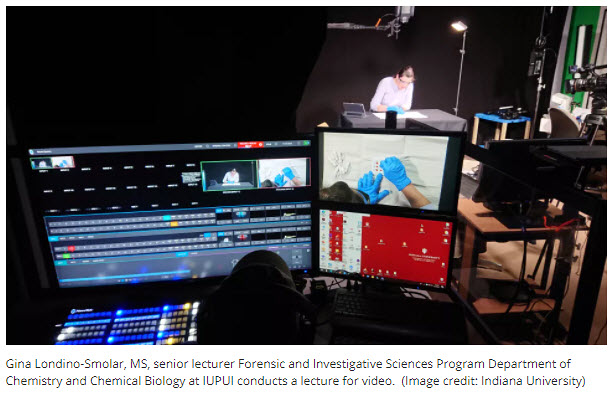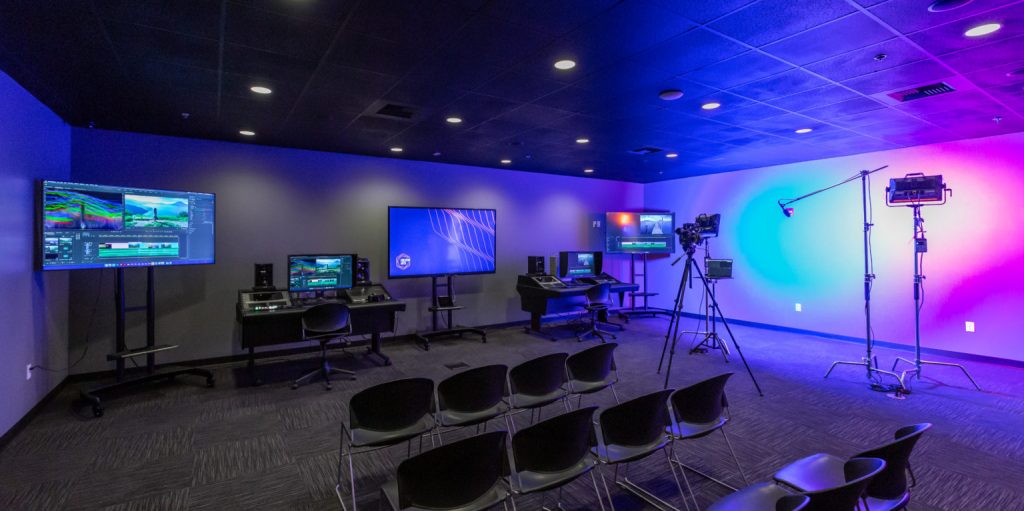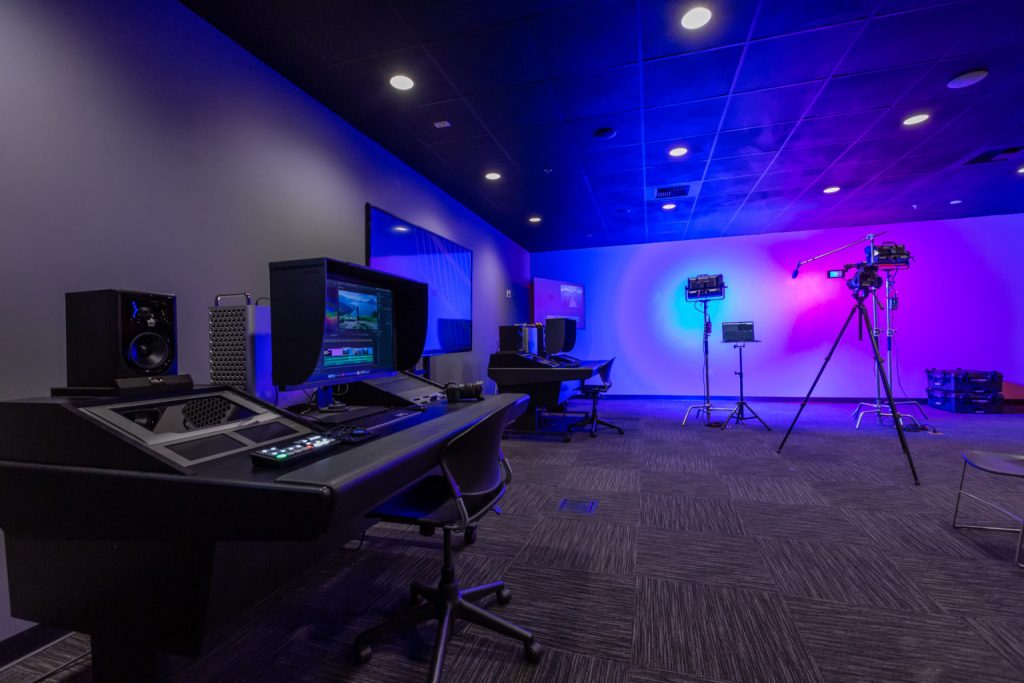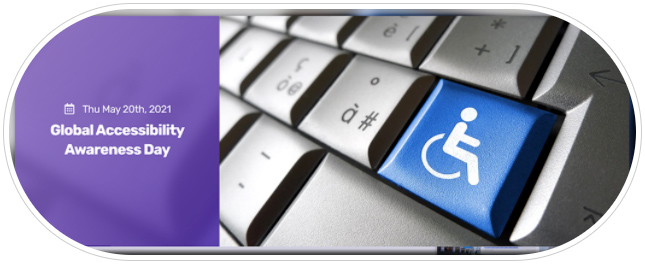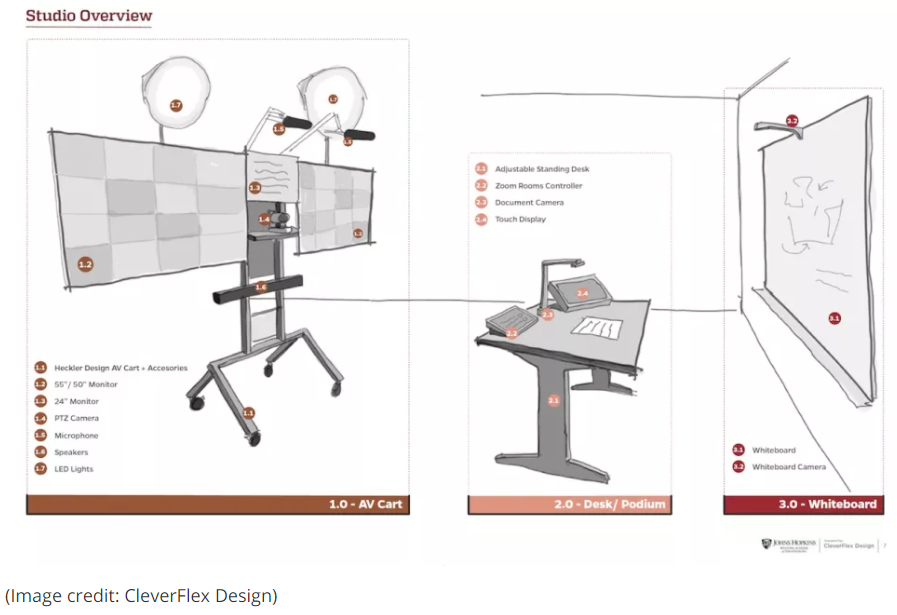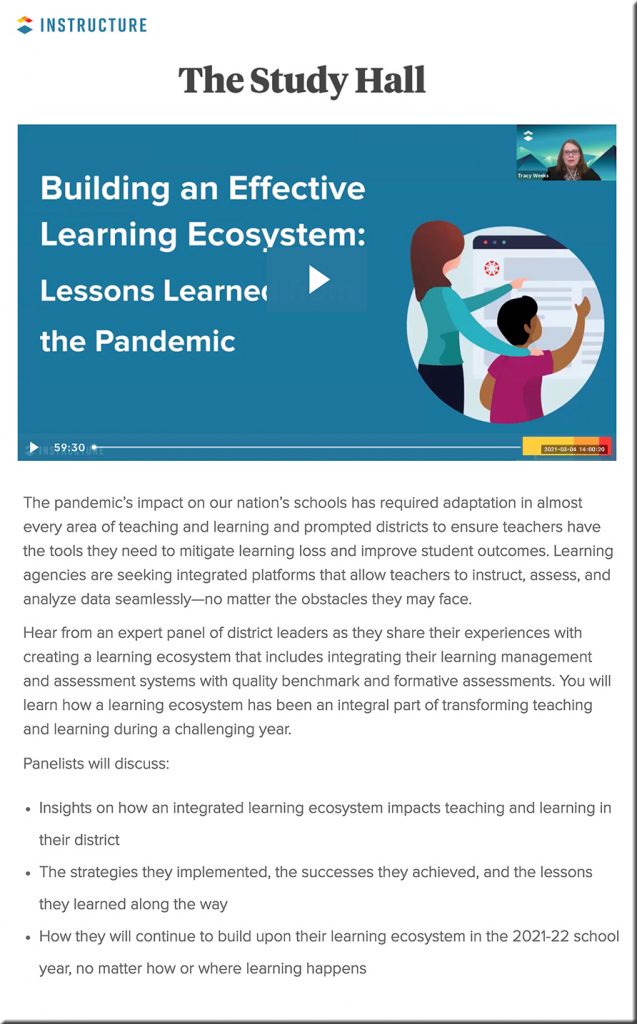A16z is betting $20 million on Maven, an ed tech and creator economy mashup — from protocol.com by Penelope Blackwell
Since launching in January 2021, instructors have sold over $1 million worth of courses on Maven.
Excerpt:
A little over a decade ago, Gagan Biyani founded Udemy, one of the main platforms that popularized massive open online courses. Now, he’s back with a new idea that jams together ed tech and the creator economy, and he thinks it can help more students stick out their online learning.
His new company, Maven, is focused on cohort-based learning. An expert tutor with a large online following leads an online course for a group of learners. The students join and move through content at the same pace, but much of the learning happens peer-to-peer as the students share their experiences over the web.
“There are thousands of experts, creators, and practitioners around the world who have valuable knowledge to share but aren’t traditional professors, and we think this is the best way for creators to monetize over the next decade,” said Biyani. “We’re creating the university of the future, built around these 21st-century professors.”
From DSC:
If adjunct faculty members want to go a different way in order to try their hand at making a lot more money, institutions of traditional higher education better look out! Especially if this new/alternative approach picks up steam! Such institutions have been paying extremely low rates for adjunct faculty members. And because these folks aren’t tenured faculty members, they rarely get much of a say in the strategies and directions that their institutions set and pursue.
With lifelong learning now a requirement, this type of alternative will be on an increasing number of peoples’ radars out there.










